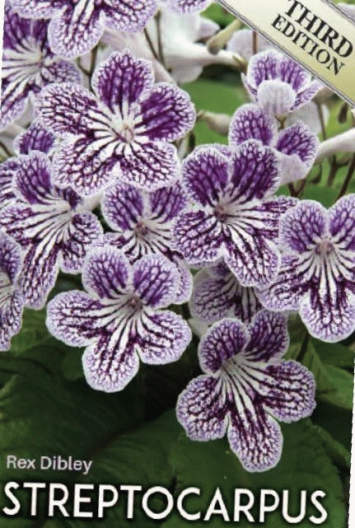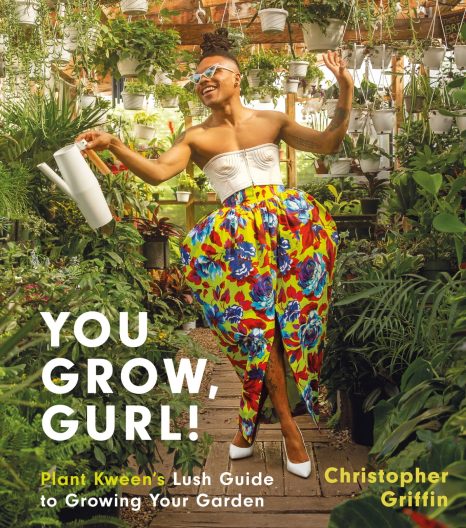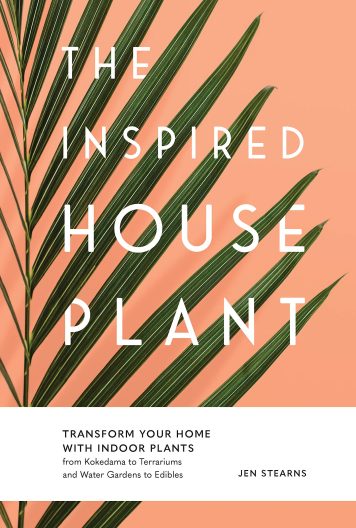I would like to grow plants in my dorm room to improve the air quality. Which plants are most effective?
There was a NASA study on houseplants and indoor air quality in 1989. The study has to some extent been disputed and/or discredited. A January 17, 2018 article in Time magazine discusses it. Here is an excerpt:
“‘There are no definitive studies to show that having indoor plants can significantly increase the air quality in the home to improve health in a measurable way,’ says Luz Claudio, a professor of environmental medicine and public health at the Icahn School of Medicine at Mount Sinai.
“Claudio has reviewed the research on the air-quality benefits of indoor plants. She says there’s no question that plants are capable of removing volatile chemical toxins from the air ‘under laboratory conditions.’ But in the real world—in your home, say, or in your office space—the notion that incorporating a few plants can purify your air doesn’t have much hard science to back it up.
“Most research efforts to date—including the NASA study—placed indoor plants in small, sealed environments in order to assess how much air-scrubbing power they possessed. But those studies aren’t really applicable to what happens in a house, says Stanley Kays, a professor emeritus of horticulture at the University of Georgia.”
A 2019 study by Bryan Cummings and Michael Waring, published in the Journal of Exposure Science and Environmental Epidemiology concludes that “potted plants do not improve indoor air quality.” The study is summarized in this article from Science Alert.
The Environmental Protection Agency has useful guides to maintaining good indoor air quality, one aimed at health care professionals, and one for the general public.
Here are excerpts from each:
“Recent reports in the media and promotions by the decorative houseplant industry characterize plants as ‘nature’s clean air machine’, claiming that National Aeronautics and Space Administration (NASA) research shows plants remove indoor air pollutants. While it is true that plants remove carbon dioxide from the air, and the ability of plants to remove certain other pollutants from water is the basis for some pollution control methods, the ability of plants to control indoor air pollution is less well established. Most research to date used small chambers without any air exchange which makes extrapolation to real world environments extremely uncertain. The only available study of the use of plants to control indoor air pollutants in an actual building could not determine any benefit from the use of plants. As a practical means of pollution control, the plant removal mechanisms appear to be inconsequential compared to common ventilation and air exchange rates. In other words, the ability of plants to actually improve indoor air quality is limited in comparison with provision of adequate ventilation.”
“Over the past few years, there has been some publicity suggesting that houseplants have been shown to reduce levels of some chemicals in laboratory experiments. There is currently no evidence, however, that a reasonable number of houseplants remove significant quantities of pollutants in homes and offices. Indoor houseplants should not be over-watered because overly damp soil may promote the growth of microorganisms which can affect allergic individuals.”
All that being said, houseplants can, at the very least, provide an aesthetic improvement to a room, and as long as you are careful not to overwater, they shouldn’t hurt air quality.
 About 20 years ago, I drove a very narrow roadway in northern Wales in search of Dibley’s Nursery. I had recently discovered the genus Streptocarpus, a houseplant that is closely related to African violets (now considered to be in the same genus). All my reading confirmed that Dibley’s was THE source in Britain, if not the world, for this plant. A visit was mandatory.
About 20 years ago, I drove a very narrow roadway in northern Wales in search of Dibley’s Nursery. I had recently discovered the genus Streptocarpus, a houseplant that is closely related to African violets (now considered to be in the same genus). All my reading confirmed that Dibley’s was THE source in Britain, if not the world, for this plant. A visit was mandatory.
 Jen Stearns is the owner of Urban Sprouts, a houseplant specialty nursery in Renton, WA. Her new book, “The Inspired House Plant,” aims to make your indoor space more festive by promoting a great diversity of indoor plants and teaching you to be a good plant parent. The emphasis is on foliage – so no African violets or orchids, but that doesn’t mean the selections are dull.
Jen Stearns is the owner of Urban Sprouts, a houseplant specialty nursery in Renton, WA. Her new book, “The Inspired House Plant,” aims to make your indoor space more festive by promoting a great diversity of indoor plants and teaching you to be a good plant parent. The emphasis is on foliage – so no African violets or orchids, but that doesn’t mean the selections are dull.